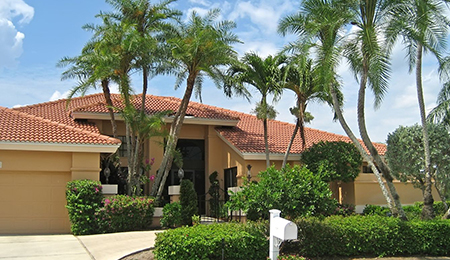You found the right house, put in the new carpet, buffed the wood floors and moved in all your belongings. Then one day after being out with your family, you come home to find all your sewer pipes backed up and an inch of water in the bathroom and creeping out into that new carpet. You have company coming this weekend, but it’s okay, you just call Hank your insurance agent, and it will all be taken care of, right? Wrong. Most policies don’t actually cover sewer damage.
That’s Right! No Coverage
Reading through the fine print of your insurance policy is important. Many things that new homeowners assume are covered turn out to be extra or not even available in the first place.
- Sewer Backup: As a sewer system ages it becomes more prone to blockages and bursting pipes which can leave you in the lurch. Sewage issues are rarely covered in homeowners’ insurance and usually require an extra specific endorsement. If you don’t have that additional coverage, all those repair and replacement costs will come out of your own pocket.
- Termites: Termites love wood. When they move into your home, they eat away at walls, support beams and any other wooden parts of your home. Termites cause over $5 billion in damage across the united states each year. It’s next to impossible to get a policy that covers termites, so keep an eye out for the signs and practice preventative pest control.
- Mold: Underneath the paint, behind the tub, around the floorboards – there are many places that mold likes to make its home. Over a thousand varieties, with some causing significant health risks like black mold, everyone is susceptible to a mold infestation. Most policies that include mold coverage have severe restrictions on its possible sources and max out at around $10,000 or so in coverage. That may sound like a lot, but mold damage can easily be more than that. Just think about replacing half the walls in your home in addition to the expensive treatment that prevents it from coming back.
- Flooding: A variety of water-related issues can cause flooding in your home. Some of them are covered, but flooding from hurricanes, heavy rain or tropical storms is usually not included. If you live in a storm-prone area, check to see if your community participates in NFIP, the National Flood Insurance Program. NFIP municipalities are required to meet FEMA preparedness requirements by putting resources into flood prevention. If your community participates, you are eligible for the NFIP coverage.
- Earthquakes and Sinkholes: Earthquakes and other ground movement such as sinkholes are not covered by the majority of policies. If you live near a water table, or on top of certain kinds of rock, your property may be prone to sinkholes. If one opens up beneath your home, the damage can be incredible. Check with your policyholder to see if additional earthquake and ground movement coverage is available for your property.
Make sure to talk to your insurance agent about all your needs and questions to get the right policy for your situation. Not sure what questions to ask? Your real estate agent will know what dangers your property is prone to.




